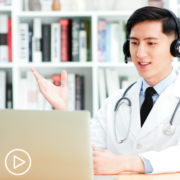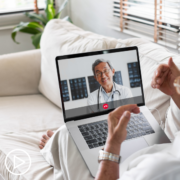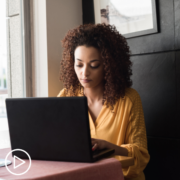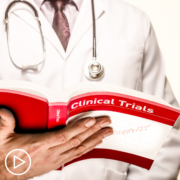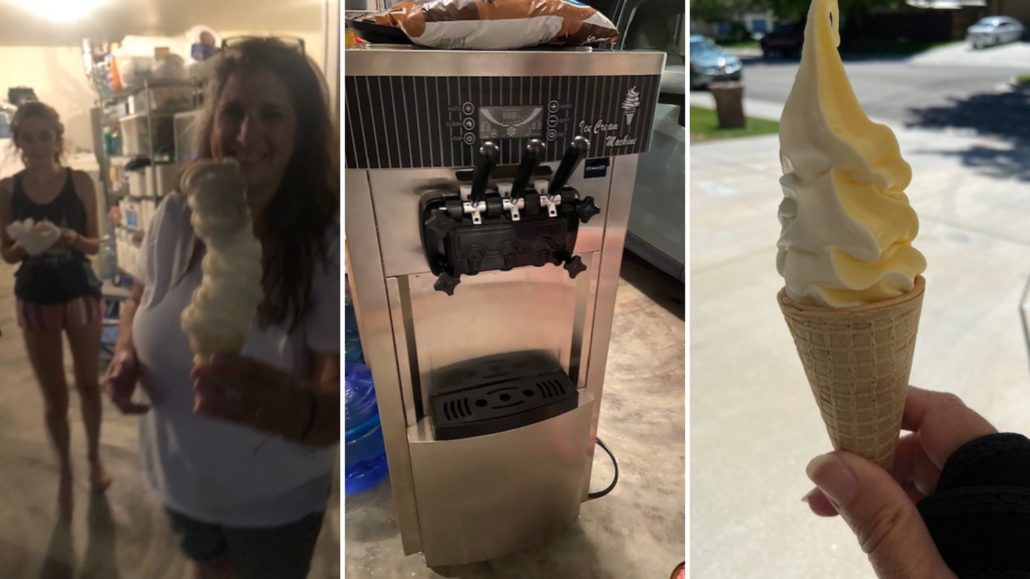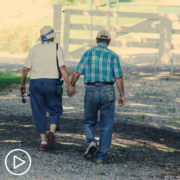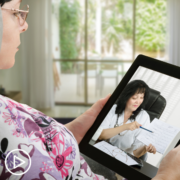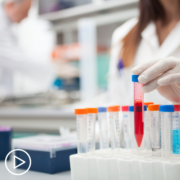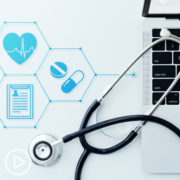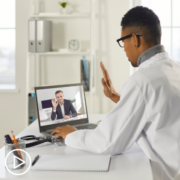This completes a five-part series from empowered multiple myeloma patient Lisa Hatfield. (Read Part I, Part II, Part III, and Part IV) In Lisa’s candid and compelling telling of her cancer journey, she shares her story from diagnosis in 2018 to how she lives well with cancer in 2021. Lisa provides thoughtful feedback about becoming an empowered patient and the value of Patient Empowerment Network as a resource, and she offers her advice to anyone newly diagnosed with cancer: Learn, Breathe, Feel, Share, Live, Connect, and Hope. In Part One Lisa tells her story. In Part Five Lisa concludes her advice to newly diagnosed cancer patients through example by sharing her own experiences, connecting to readers, and offering hope for herself and others.
Share
Not in a million years did I think I’d post an open, raw account of my cancer experience. Not one to share personal trials, other than the occasional “it’s been a long week,” I still find it surprising that I yearn for an hour to post on a website dedicated to people sharing stories about health challenges.
My decision to share came quickly, as my kids were in middle and high school at the time of my diagnosis. My diagnosis, paired with the word “incurable,” frightened me and my family. Rather than questions directed at them, I chose to notify their schools and my close friends and family about my diagnosis, requesting that questions come to me. In exchange for our daughters maintaining a normal school routine, we decided to share details by posting to a secure website, to keep those close to us informed.
Choosing to unveil your journey is deeply personal. Besides a gratitude journal, I’ve never been one to document my activities, thoughts, feelings. While in Houston, Lance set up a CaringBridge site. Prior to the first journal entry, I methodically moved in and out of appointments, listening, and absorbing the words. I was shocked, scared, numb, and out of my body. It only took a few keystrokes before emotions were unleashed. Journaling and sharing allow time to reflect. Not all entries are shared publicly. It can be highly cathartic just to write. Share with your journal alone or share with others. Occasional sharing with others is both unifying and comforting, as friends and family find a common thread to tie your diagnosis with their experiences. Sharing provides connection, and leaves you feeling less alone.
The degree to which you share your trials, tribulations, and triumphs, and when, is up to you.
Connect
One of my favorite books is The Blue Zones, by Dan Buettner. Buettner first released an article in National Geographic, then published his book on the “blue zones.” I’m summarizing this in my own words, but the blue zones refer to geographic regions around the globe that have the highest percentage of centenarians, who also have a good quality of life in their later years. These locations include Loma Linda, Sardinia (good reason for a trip to Italy), Ikaria (reason to visit Greece, too), and several other locations. In his research, Buettner discovered that the culture in these areas integrate physical and social health as parts of everyday life. Things like unintentional exercise (like walking to the market or cleaning), eating native/local foods, and at the top of the list, strong social connections. It reminded me of my grandma who used to have “coffee hour,” more like 3 hours, with her neighbors each week. They loved their weekly gatherings, often bonding over their health ailments, as they aged. I believe that each of them had a better quality of life because of those regular visits.
Upon diagnosis, a friend sent an email that ended with, “Lean hard and lean often.” He wanted us to rely on our network to get through the challenge ahead. Depending on others is incredibly difficult for many people, including me. When a neighbor set up a meal calendar, I was overwhelmed with the response and felt guilty about the possibility of burdening others and their time. She explained it like this: do it for others; let us cook meals; to allow others to provide something to you alleviates their feelings of helplessness. I am so grateful I accepted. As the fatigue swept in, my ability to cook, let alone stand for more than 2 minutes, vanished. My family loved the meals, and we’ve since collected recipes and voted on our favorites (all meals were excellent) that we fix monthly. Though a note on the sign-up sheet advised the chefs to place meals by our front door, as not to disturb us, I anxiously waited by the door every Monday, Wednesday, and Friday. Swinging the door open and greeting our friends was the highlight of my day. My energy lasted about 5 minutes, on a good day, but it felt so powerful and good to collapse on the couch after experiencing that connection.
Connection with others is important; however, connecting to anything can uplift: your animals (dogs, cats, birds, horses etc.,); your environment (sitting outside or gardening); your routine (sipping a warm cup of coffee in the morning or an evening walk); your faith/beliefs/thoughts. We are wired to connect. To belong, love, and be loved is on Maslow’s Hierarchy of Needs, a theory in psychology made up of a five-tier model of human needs. Connection is key to improved well-being, both physical and emotional. Who knows? You might conquer cancer and join the circle of Buettner’s centenarians. It’s worth the effort to connect.
Hope
While reading this same book, I was introduced to the concept of “ikigai.” (Icky-guy). Ikigai is a Japanese term that roughly means a person’s “reason for being.” As Buettner discusses in his books, TED talks, and articles, Ikigai is bigger than just something you want to do as a service; a person never feels obligated or forced into the purpose. It is something that gives value to a person’s life, as it gives life meaning. It is the reason you get up in the morning. When I began each of my cancer treatments, I wondered why I was diagnosed with multiple myeloma and why I had to endure biopsies, radiation, surgery, chemo, and stem cell transplant (collection). Each new treatment comes with a renewed sense of fear and uncertainty.
Hope is often elusive, during a cancer battle. As a myeloma patient, the word “incurable” was the vacuum that sucked the hope from my spirit. Infusions were a part-time job, as I spent half a week in the chemo suite for six months. I appreciated the openness of the chemo suite, chairs side-by-side and few closed curtains. I loved going to chemo. It felt safe. It was in the chemo chair where I heard stories of both hopelessness (from failed chemo, metastasis, fear of pain, suffering, and death) and of hopefulness (seeing family, a chemo break, a provider sharing a new study showing dramatically improved outcomes, a new drug approval, good test results, a random stranger saying, “I believe,” and connecting with friends). Hope is found in comments from your care team, friends, family, and strangers. Hope is in your experiences (“manufactured hope” from steroids counts, too). Hope is in your faith, however that manifests in your life, and in the belief that something bigger than you can help you fight cancer. Relish moments of hope…of yours and of others. Write them down when you can and, on occasion, reread them.
Now that I’m further along in my cancer journey and in pseudo-remission, I contemplate: Why…what is the purpose of this? What am I supposed to do with everything I’m learning from this? How can I use this to do something productive or meaningful? I don’t know the purpose yet, but when Lance and I talk, we know there is something more to it. This search for purpose is what gives me hope, now. I know there is a purpose in this experience that we will figure out. My ikigai. Our ikigai. I hope we can do something good.
Read more patient stories here.


